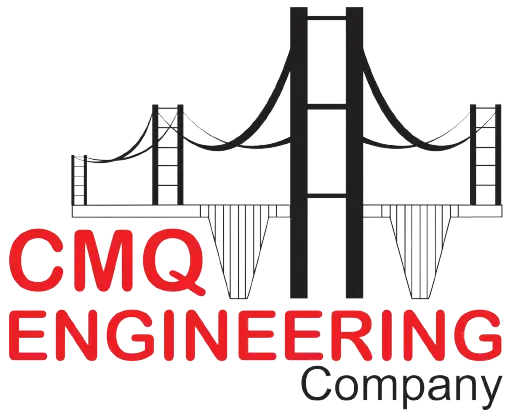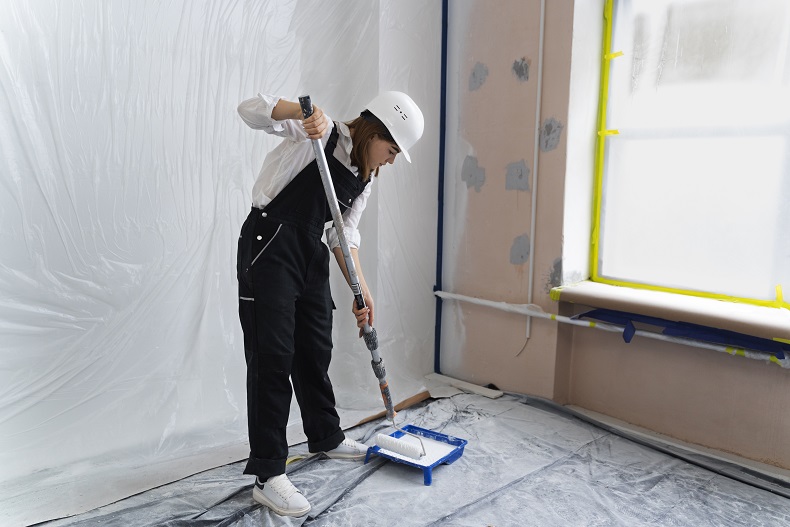Whether it’s about transforming the ambiance of corporate offices with a fresh coat of color or preserving the structural integrity of retail space, the role of painting in commercial construction is very important. Creating accurate cost estimates is the compass that guides commercial painting estimator projects toward timely completion and within budget.
It’s a profession that requires a keen eye for detail, an understanding of materials and application techniques, and the ability to anticipate project intricacies that may arise.
This guide will walk you through the intricate process of commercial painting estimating, through the vast experience of the CMQ engineering team, we have gathered all the necessary information that will help you to achieve the estimation goals you are looking for.
The Crucial Nature of Accurate Estimates
Making an estimate is not a rough guess in the commercial painting business. It’s a careful calculation that looks at many factors, like what you’re painting, the paint finishes you want, the environment, and how big the project is. If you guess too low, your company could lose money. If you guess too high, you might not get the job. There are so many things to think about, which shows why getting the estimate right is important.
Understanding the Role of a Commercial Painting Estimator
Painting estimators are the backbone of a sound bid and a successful painting project. They are detail-oriented professionals with in-depth knowledge of surface preparation, appropriate paint types, and job-site safety. Their role involves surveying the property, consulting with project managers, and providing a comprehensive breakdown of costs to complete a commercial painting project.
Key Factors in Commercial Painting Estimates
The Square Footage Quandary
It’s the most basic yet essential unit of measurement in the painting industry. However, simply multiplying square footage by a standard rate is an oversimplification. The true complexity lies in differentiating the amount of surface area you will paint and must account for waste, irregular shapes, nooks, and crannies.
The Paint Quality
Selecting the right paint is more than choosing a color. It’s about understanding the paint’s lifespan, durability, and sheen – all of which have cost implications. Higher-quality paint may be pricier initially but can lead to savings in the long run due to reduced frequency of repainting.
The Labor and Overhead Equation
The labor component is intrinsically linked to the selected surface type and paint. Each project will have unique requirements that may demand different application methods or even complex equipment, all requiring skilled labor. Overhead costs must also be factored in, including equipment, administrative labor, and utilities.
Tools of the Trade
Modern painters and contractors rely on digital technologies to streamline the estimation process. Mobile apps can calculate surface areas and outline material and labor costs in minutes. Traditional tools, such as measuring tapes and ladders, are also indispensable.
Leveraging Estimation Software
Estimation software can revolutionize your accuracy by managing complex formulas effortlessly. With the capability to store and organize multiple projects, historical data can be examined for trends and cost comparisons, leading to more informed estimates.
Step-by-Step Process for Creating an Estimate
Creating a painting estimate is an art in itself. It involves strategic planning, methodical inspection, and diligent research. I’ll guide you through the process, from the initial assessment to the final sum.
Inspection and Measurement
Refining your measuring technique can drastically improve accuracy. Triangulation methods for height, length, and width may be necessary, along with considering multiple surfaces in an area.
Material Selection
Choosing paint is not just about the color. You need to understand your materials how much area they cover, how to apply them, and how much they cost per gallon or piece. Also, consider any extra products the job might need, like primers, sealers, or final coats.
Labor and Application
Thoroughly assess the labor required by the project and the expertise levels needed. Will you need a spray team for a large warehouse, or can a roller suffice for a small office renovation?
Project-Specific Adjustments
Each project will have nuances that must be addressed within the estimate. Perhaps a section of the building requires a completely different application method, or you’ll be working around existing fixtures that can complicate the painting process.
Common Pitfalls to Avoid
The path to a precise estimate is fraught with potential pitfalls. I’ll share the most common mistakes and how best to avoid them.
Underestimating Labor
Failing to thoroughly account for the time and skill required to complete the project can throw off the estimate substantially.
Ignoring Market Trends
The price of materials fluctuates with the market. Without staying informed, you could end up with a bid that doesn’t reflect the change in real-time costs.
Misjudging Surface Preparation
Surface quality directly affects paint adhesion. Ignoring the need for extensive prep work can result in paint failure, costly reworks, and unhappy clients.
Conclusion
Accurate estimates are the linchpin of the commercial painting industry, ensuring projects are delivered on time and within budget. This exhaustive guide has equipped you with the knowledge to craft sharp estimates that reflect the reality of the project’s demands.










